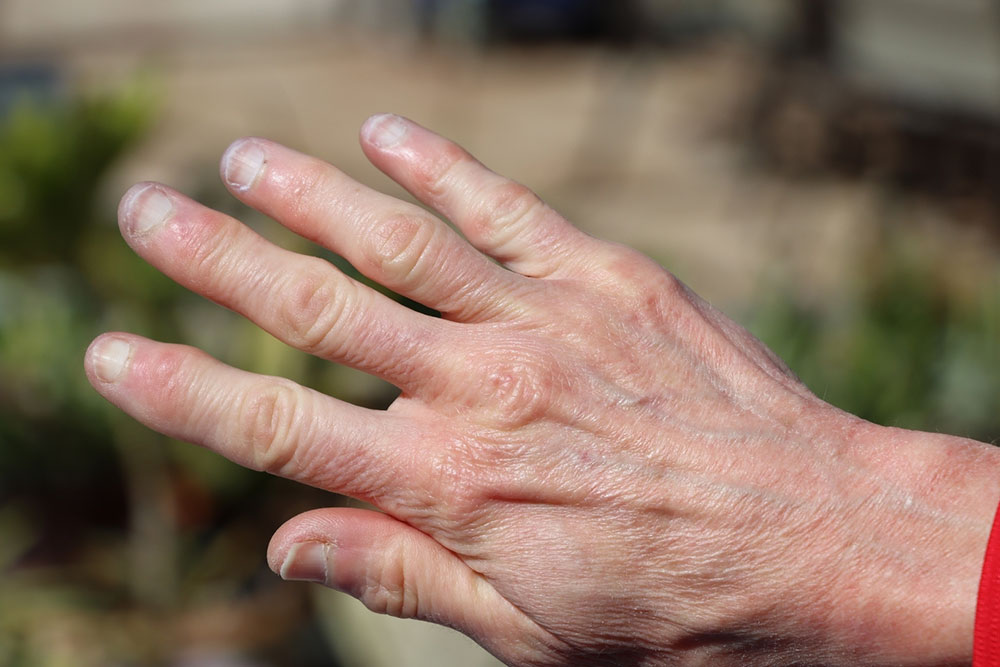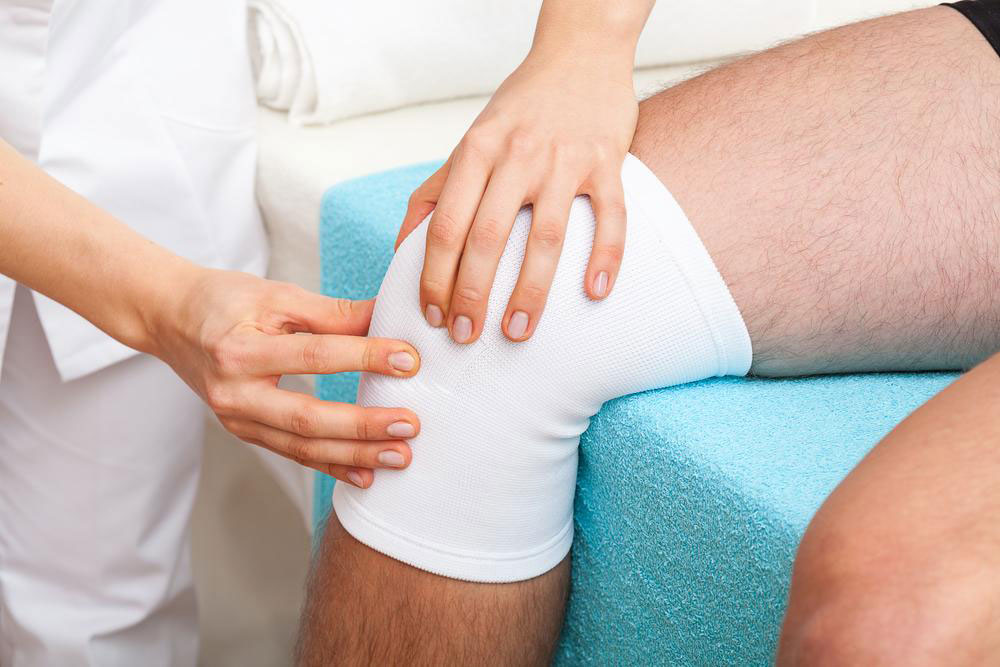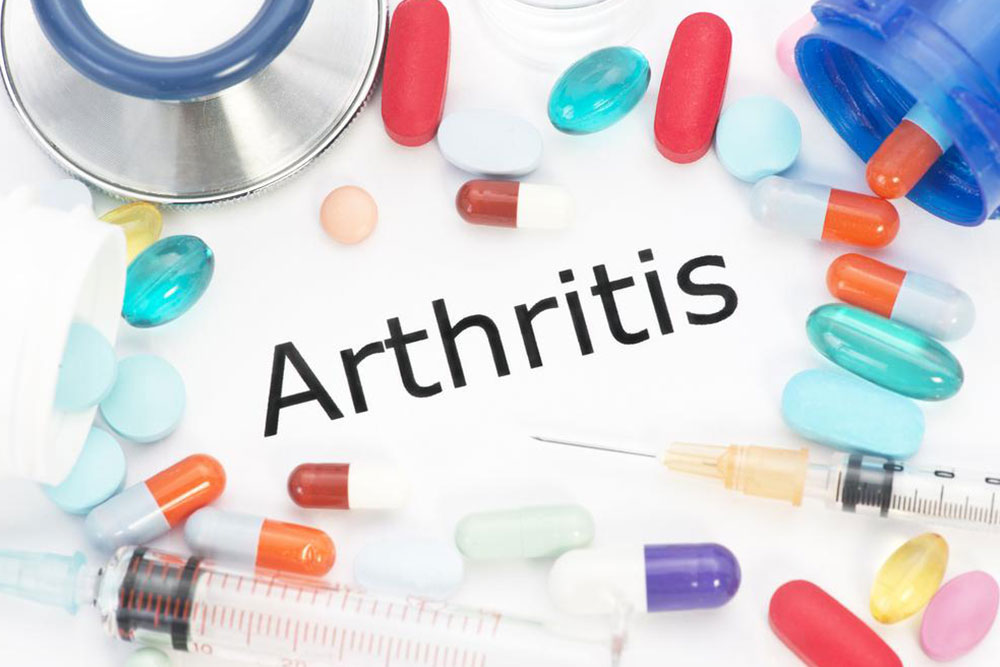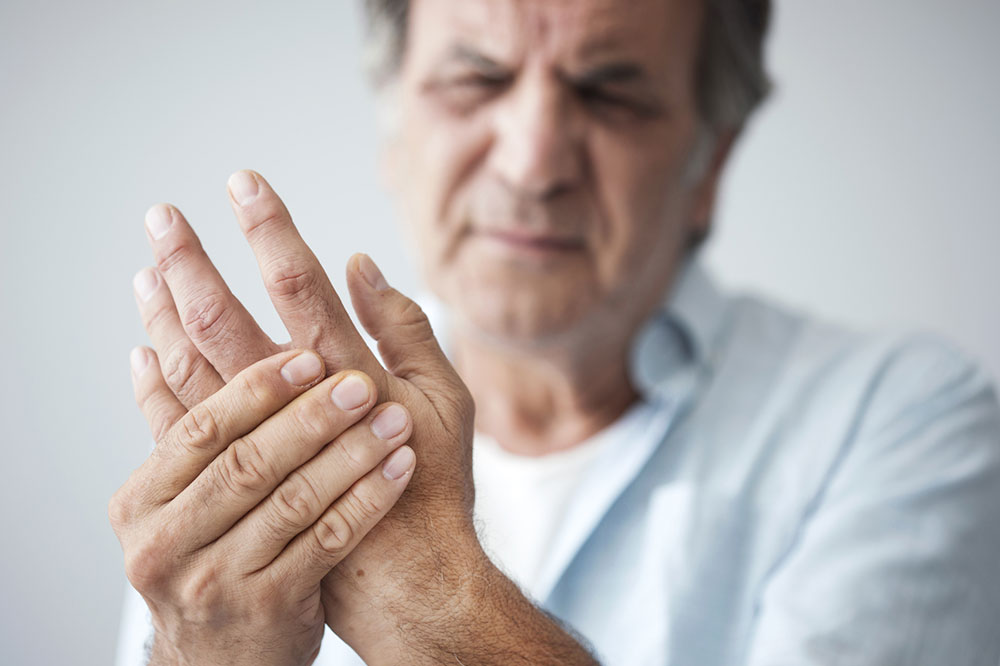Understanding Heberden’s Nodes: Symptoms and Treatment Strategies
Heberden’s nodes are bony growths at finger joints linked to osteoarthritis. Symptoms include lumps, pain, stiffness, and reduced movement. Management options involve pain relief, joint protection, physical therapy, thermal treatments, and surgical interventions for severe cases. Consulting a healthcare provider is essential for personalized care and effective symptom management.

Understanding Heberden’s Nodes: Symptoms and Treatment Strategies
Heberden’s nodes are bony enlargements commonly associated with osteoarthritis of the fingers. These nodules typically develop near the tips of the fingers, especially on the distal interphalangeal joints, due to cartilage degeneration from repetitive use, aging, or prior injuries. The condition affects approximately 25% of men by age 85, making it a prevalent concern among older adults. Recognizing its symptoms early can help manage discomfort and prevent joint deterioration.
Signs and Symptoms of Heberden’s Nodes
Common indicators include visible bony lumps on the finger joints, pain, stiffness, and limited movement. If you notice persistent swelling, tenderness, or decreased finger flexibility, consulting a healthcare professional is essential for proper diagnosis and treatment planning.
Visible Bony Growths
Heberden’s nodes appear as firm, pea-sized or larger bumps on the ends of the fingers, typically palpable and sometimes visible. They result from cartilage breakdown and tend to enlarge over time, affecting the severity of osteoarthritis. The size and number of these nodes can vary among individuals and may cause discomfort as they progress.
Pain and Sensitivity
As the affected joints wear down, patients might experience sharp or dull aches, tenderness, and soreness. Activities involving gripping or repetitive finger movements can worsen the pain and tenderness.
Stiffness and Reduced Mobility
Stiffness often accompanies Heberden’s nodes, making finger movements difficult, especially after inactivity like waking up. Patients may struggle with tasks such as writing or buttoning clothes. Gentle stretching and movement can help ease stiffness.
Additional Symptoms
Redness or inflammation may develop around the nodes, becoming more prominent as osteoarthritis advances.
Management and Treatment Approaches
While there’s no cure for Heberden’s nodes, various treatments can alleviate symptoms and improve quality of life. Consulting a healthcare professional will help determine the most appropriate plan.
Pain Relief
Medications such as analgesics or anti-inflammatory drugs can help reduce pain and swelling. Following medical advice for medication use is essential, and adjustments may be necessary if symptoms persist.
Protecting Your Joints
Using splints, braces, or ergonomic tools can help support finger joints during daily activities. Occupational therapy can teach strategies to prevent further joint damage and modify tasks to minimize strain.
Physical Exercises
Targeted exercises can strengthen muscles around the joints, increase flexibility, and improve movement. Manual therapies, such as joint mobilizations, may be beneficial under professional supervision.
Thermal Treatments
Applying heat can relax muscles and reduce stiffness, while cold therapy helps diminish inflammation and pain. Alternating these treatments can provide additional relief.
Surgical Options
For severe cases causing significant pain or functional loss, surgical procedures like joint removal or fusion might be recommended. These options are discussed thoroughly with healthcare providers to understand risks and expected outcomes.
Note:
The information provided here is for informational purposes only. It is not a substitute for professional medical advice. Always consult licensed healthcare practitioners for diagnosis and treatment related to Heberden’s nodes or any other health concern.










